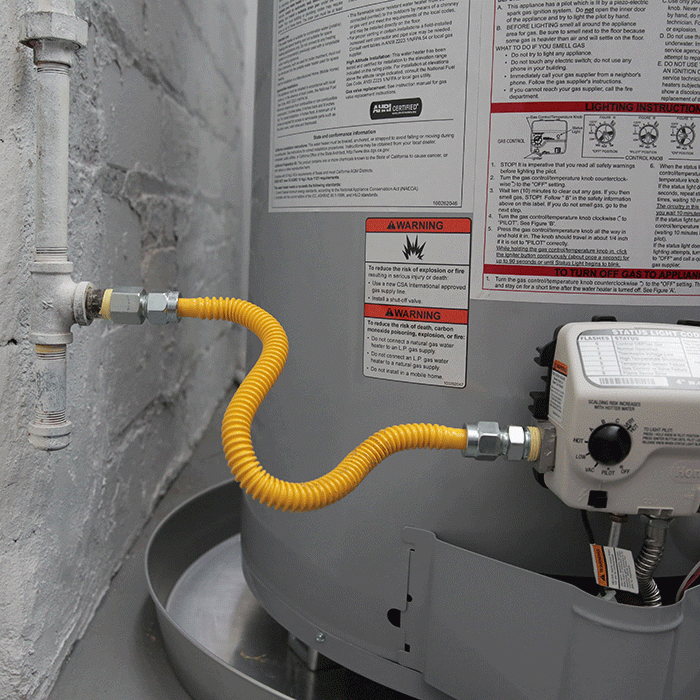Speedy Electric | Columbus, Ohio Electricians | Since 1950
If you find Corrugated Stainless Steel Tubing (CSST) after inspecting your home or business, it is strongly recommended that you determine if the CSST system is properly bonded and grounded. Bonding is provided primarily to prevent a possible electric shock to people who come in contact with the gas piping and other metal objects connected to the grounding system. Proper bonding and grounding also reduce the risks of environmental hazards such as electrical fires.
If you are unsure as to whether your home has CSST or whether it has been properly bonded and grounded, contact Speedy Electric to arrange for a professional inspection.


Direct bonding is required for gas piping systems incorporating standard (yellow) or uncoated CSST whether or not the connected gas equipment is electrically powered. This requirement is provided as part of the manufacturer’s instruction for single-family and multi-family buildings and required by the 2009 and later editions of the National Fuel Gas Code, the International Fuel Gas Code and the Uniform Plumbing Code. A person knowledgeable in electrical system design, the local electrical code and these requirements should specify the bonding for commercial applications.
The 2015 edition of the National Fuel Gas Code, International Fuel Gas Code, and Uniform Plumbing Code limits the length of the bonding conductor to 75-ft. When there are no local code requirements for the length of this conductor refer to the manufactures instructions or the NEC / CEC for guidance regarding the permissible length of the bonding conductor.
Manufactures of black jacketed CSST products which have been tested and listed to ICC-ES LC 1024, “CSST Utilizing a Protective Jacket”, may not require or include in their instructions the additional direct-bonding step that is required with standard (yellow) CSST products. However local codes may be more restrictive and may differ from manufacturer’s requirements. Local codes take precedence and must be adhered to.
[Source: CSST Safety]